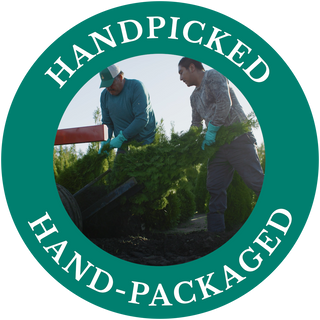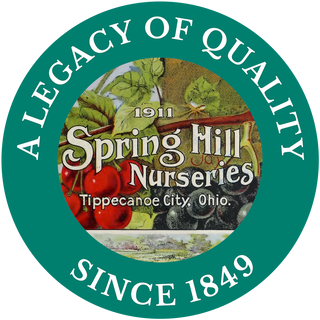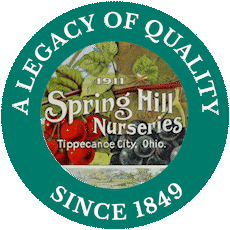Customer Photos and Videos
Hear what other happy gardeners had to say about this product and see customer-added photos and videos before you buy.
Hear what other happy gardeners had to say about this product and see customer-added photos and videos before you buy.
2-7
6 - 8 feet
Mid spring, with harvest early to midsummer. Slightly later in northern areas.
Full Sun
JUMBO
Striking Fruit Producer
You will fall in love with this handsome, self-pollinating Romeo™ Dwarf Cherry Tree (Prunus 'Romeo'). This fruit tree produces up to 30 pounds of sweet, deep crimson cherries that have a high flesh-to-pit ratio and doesn't split. The cherries are excellent for making juice, canning, baking, and, of course, eating fresh.
Great Landscape Addition
This beautiful Romeo cherry tree produces elegant white-pink flowers in mid-spring, adding charm to your garden just when you want it most. It thrives in full sunlight and prefers sandy, organic, well-draining soil. The tree can also be kept indoors in a pot, making it a versatile choice for various spaces. To keep your Romeo dwarf cherry tree healthy and blooming beautifully, prune it at the beginning of spring. Best suited for growing in USDA zones 4 – 9.
When will my order ship?
Plants will be shipped at the proper planting time for your area of the country during the shipping timeframes outlined below:
| Zones | Shipping Dates | Last Order Date |
|---|---|---|
| 3A - 5A | 3/23/26 - 6/5/26 | 6/1/26 |
| 5B | 3/9/26 - 6/5/26 | 6/1/26 |
| 6A - 7A | 2/23/26 - 6/5/26 | 6/1/26 |
| 7B - 10B | 2/2/26 - 5/8/26 | 5/4/26 |
Adding product to your cart
Hear what other happy gardeners had to say about this product and see customer-added photos and videos before you buy.
2-7
6 - 8 feet
Mid spring, with harvest early to midsummer. Slightly later in northern areas.
Full Sun
JUMBO


We partner with expert horticulturalists who optimize our varieties for traits like uniqueness, fragrance, flavor and size.


From our 1,200-acre farm on the coast of Lake Michigan, our gardeners hand-prep and hand-package every plant to quick-ship right to your door.


At Spring Hill, we’re diligent about treating our plants with the utmost care--and have been for more than 175 years.


Each variety we offer is expertly cultivated to delight, inspire, and beautify your home. You'll find plants here you won't find anywhere else!
in Record Time
Watch the video

